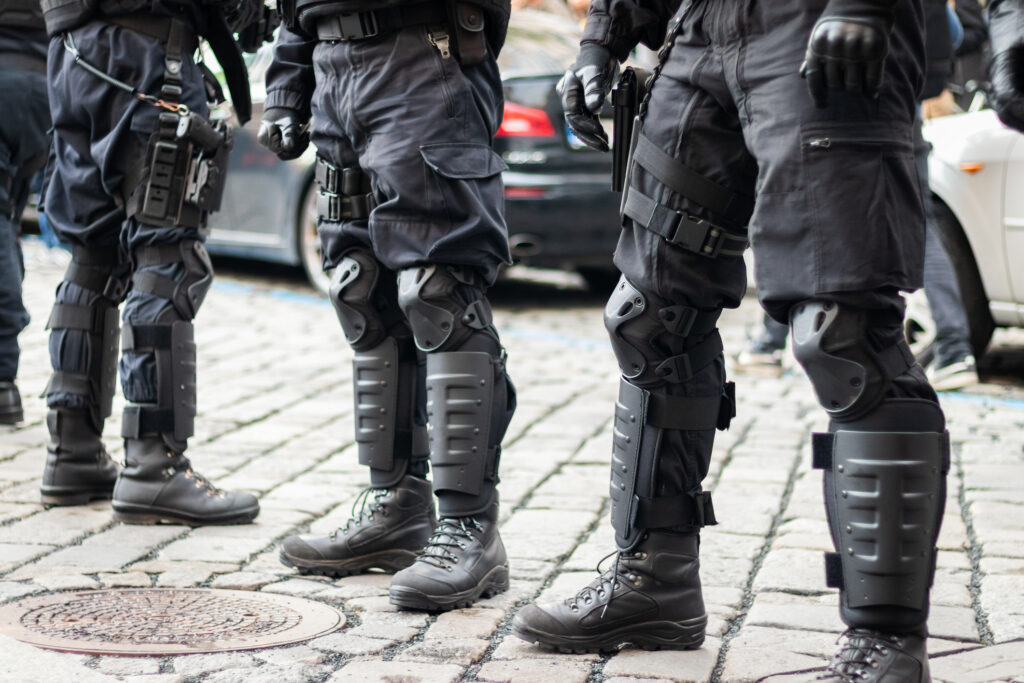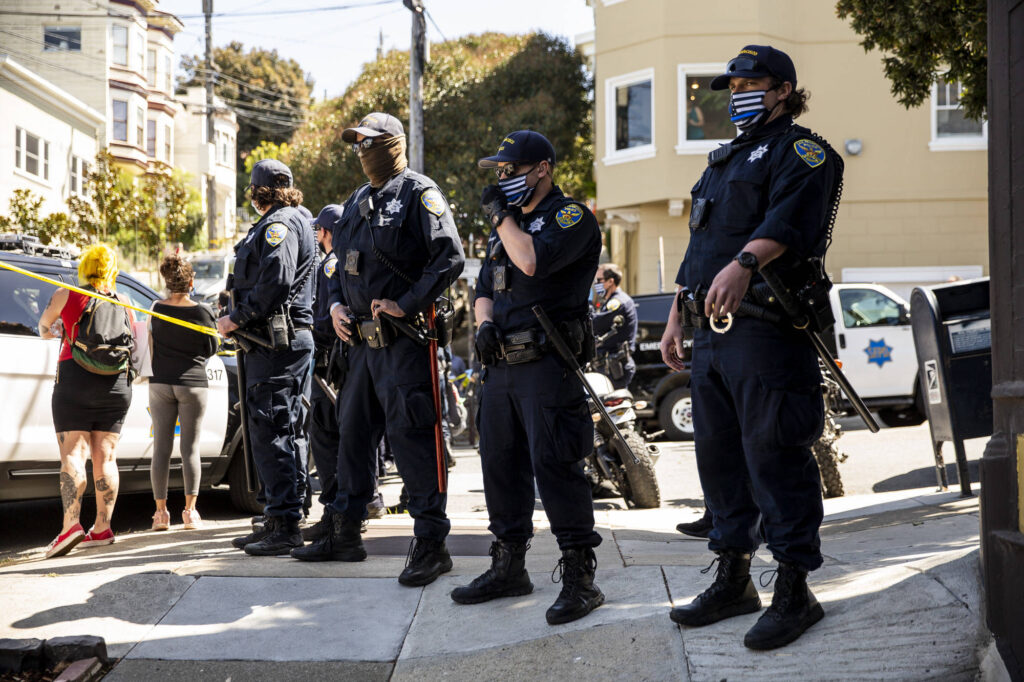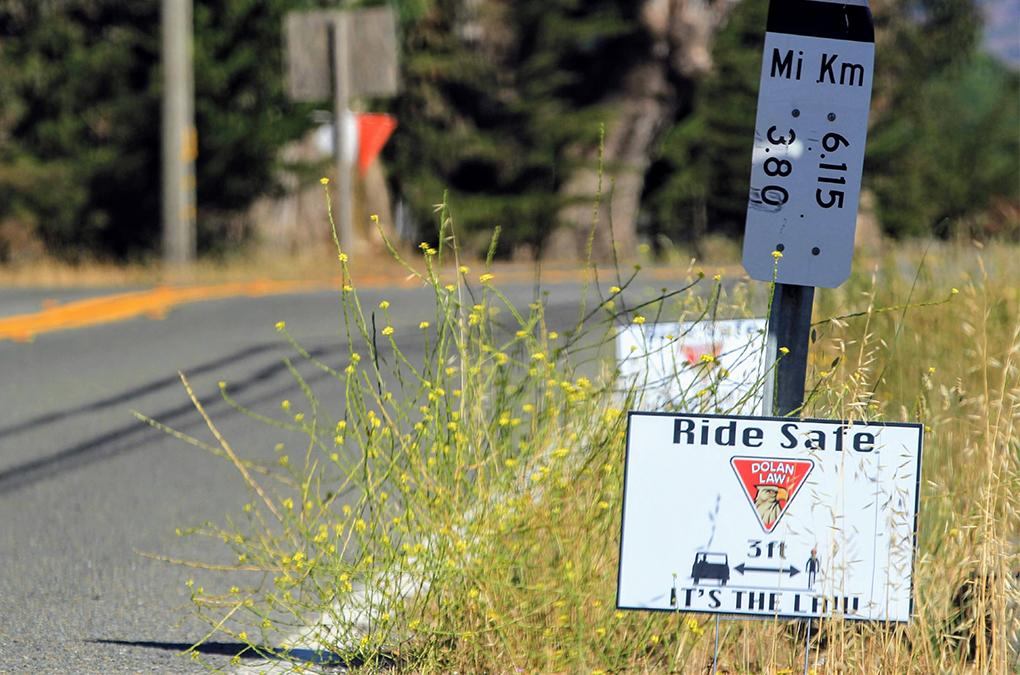Can the federal government deploy federal police to states?
Written by: Christopher B. Dolan and Allison L. Stone As Black Lives Matter protests continue at the Mark O. Hatfield Federal Courthouse and Multnomah County Justice Center, a police headquarters in Portland, militarized federal officers are patrolling downtown Portland in unmarked vehicles and detaining people. President Trump announced that deployment of federal officers into other …
Can the federal government deploy federal police to states? Read More »






